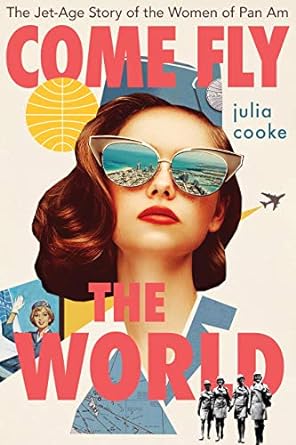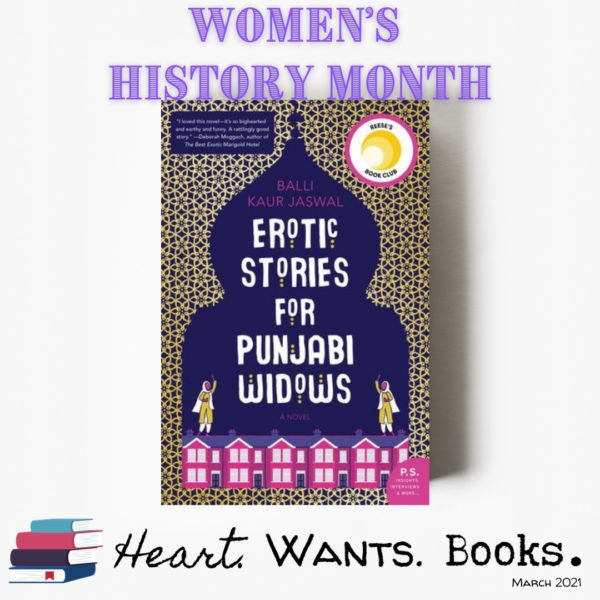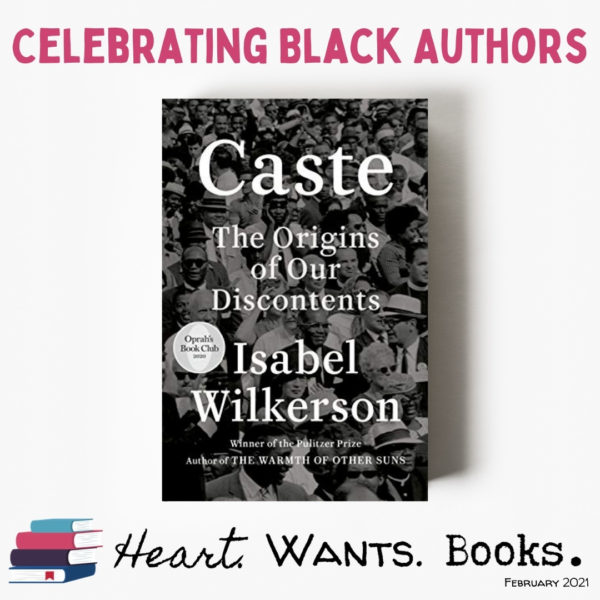Come Fly the World by Julia Cooke March 14, 2024

The following post includes affiliate links. More details here. As you’re doing your Amazon shopping, we’d be ever so grateful if you’d use our affiliate link to do so as it helps pay the bills around here!
We are going to start with business. I don’t watch much TV, but when I do, I dive head first into loving what I watch. Pan Am was no different. Way back in 2011 when it aired, I was still watching TV, so when I heard Christina Ricci was in a period drama, that was likely all I needed. I’ve seen both seasons and am only sad it didn’t get more (especially now that I’ve finally figured out where I first saw Margot Robbie). Following my adoration of this show, it was an easy few clicks to recommend Come Fly the World: The Jet-Age Story of the Women of Pan Am by Julia Cooke to my library the second I heard about it. Yes, I am that person who wants the nonfiction and the fiction of a period because some days I wing 5 and want to curl up at the bottom of that rabbit hole. Where I heard about it though, I haven’t the slightest idea and my usual searches landed me nothing. And yet, we persist.
Come Fly the World: The Jet-Age Story of the Women of Pan Am is a nonfiction title focusing on the stewardesses of Pan Am, an international only airline that was the height of glamor in the 1960s, back when the career options for young women were slim, and the ways for her to see the world were slimmer still. Cooke does a great job of including the statistics affecting women in the labor force, so we understand just how much our stewardesses have riding on their ability to get and keep their jobs as long as they can… you know, until they get married or age out. The narrative follows the growth of the airline and the allure of the stewardesses through the decades, focusing on a handful of women who break away from societal norms of early marriage to make a jet-setting life for themselves. Included are their experiences applying, training, and flying the friendly (and sometimes unfriendly) skies. Readers also learn of their layovers, stays in foreign countries, and how the political climate of the 1960s and 1970s affected their routes and lives. Cooke includes the lawsuits brought against Pan Am for discriminating against women who married or were beyond their ideal age, and shows the women she was able to learn about overcoming those hurdles to make lengthy careers for themselves. She also writes detailed accounts of Pan Am’s support of the military service members who were stationed in Vietnam, including flying rest and relaxation flights all over the Pacific and flying Operation Babylift to evacuate orphans as the North Vietnamese army made its way south. Cooke wraps up the narrative with a brief discussion of the financial issues that lead Pan Am to cease operations in 1991.
I really enjoyed getting a well-researched, factual take on the height of Pan Am’s powers, and that of its female staff, featuring several personal stories. Come Fly the World: The Jet-Age Story of the Women of Pan Am does a great job of highlighting the women who made flying the skies friendlier, how they worked hard, played hard, and lived by their own terms. As with most of my education of historical women (although I use the term loosely in this case as my grandmother would have been too old to work with them), I am in awe of the chaos they experienced, the barriers they fought, and the paths they cleared for those of us who came along after.
I’m giving Come Fly the World: The Jet-Age Story of the Women of Pan Am 4 emphatic stars. Cooke’s writing is journalistic and concise, yet also picturesque when warranted (including the new InterContinental Hotels and landings in Vietnam). The structure was hard to figure out in the beginning, but then the story she was heading towards made it all make sense in retrospect. While I am interested in Cooke’s other book The Other Side of Paradise, I am not likely to reread Come Fly the World (I’m much more likely to rewatch Pan Am). I’ll definitely be interested in what else she wants to research and share with the world, and readers all around it.
What is a book you were initially interested in because of something else?
~ Nikki
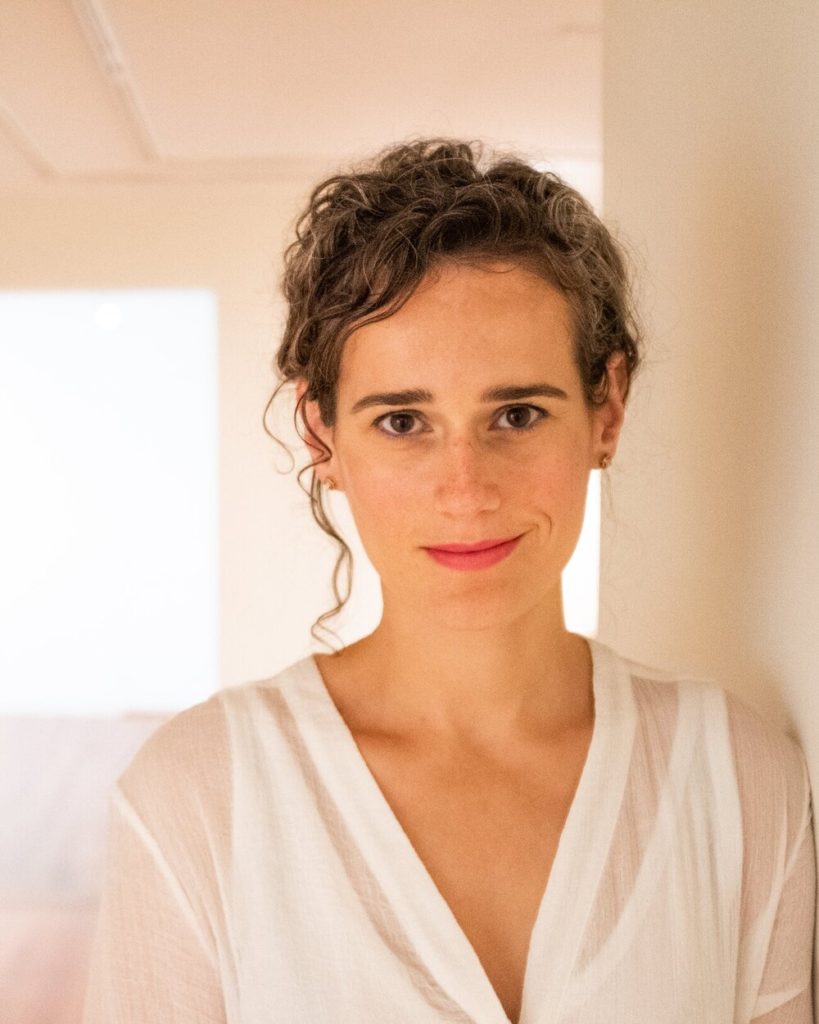
Julia Cooke is a prolific writer of nonfiction. Her essays have been published in Salon, The Threepenny Review, Smithsonian, Tin House, and Virginia Quarterly Review, where she is a contributing editor. Her journalistic efforts have been published in Condé Nast Traveler, The New York Times, Playboy, The Village Voice, The Atavist, Saveur, and more. In 2014, her profile of a young Cuban sex worker won her a finalist place for the LIvingston Award for International Reporting. She’s written about the Portuguese town that inspired Ian Fleming’s James Bond and the reason American TV watchers are obsessed with female spies among other intriguing topics. She’s published two nonfiction books, today’s review Come Fly the World: The Jet-Age Story of the Women of Pan Am and The Other Side of Paradise: Life in the New Cuba a collection of stories about the daily lives of Cubans. She’s currently working on her third book about Emily Hahn, Rebecca West, Martha Gelhorn, and female wanderlust entitled Restless Women: The Writers Who Made A Place For Women In The World.
What I really loved about Come Fly the World were the stories of the specific women Cooke interviewed for the book. Lynne Rawling, Karen Walker Ryan, Tori Werner, Clare Christiansen, and Hazel Bowie are all former Pan Am stewardesses who gave of their time and memories to bring Cooke’s book to life. Lynne left the science lab in order to fly “for any airline” but her father knew that she would end up flying internationally. Karen grew up in Whittier, California, and “preferred hiking boots to heels” and after getting fed up with the army stationed in Germany decided to travel working odd jobs, until finally her incessant restlessness could no longer be satisfied by anything but the air. Tori chose the life of a stewardess when she realized that work in the Foreign Service required a woman to earn a Master’s Degree and her college friends wrote down “one sentence each detailing Tori’s competence and extroversion, her wit and composure”, all reasons that being a stewardess would be a good fit career choice. Clare, a 5’10” sometime model and theatre student from Ohio, knew that she would love working as a stewardess and sent a letter to Pan Am in 1955 stating: “You’re ordering great big new airplanes, will you take a taller woman, too?” – and they did stretch their height rule one whole inch to hire Clare. And then Hazel, a Black woman from Minnesota, also didn’t care which airline would hire her, as long as it got her a job far away from lakes, cornfields, and snowdrifts. These women each had something to run to, run from, or power them from the inside to go, be, and do more than their female peers. Nothing but a life in the skies and in all the exotic and international locales would do. All five of these women remained with Pan Am long after the average stewardess would leave for marriage, babies, or a career on the ground.
I, too, am going to give Come Fly the World: The Jet-Age Story of the Women of Pan Am 4 solid stars. I don’t see myself re-reading this nonfiction work, but stories of the ambitious, career-driven women filled with wanderlust will give me fuel for the fire of my own desires. If women of the 1960s and 1970s could find their joy in a career that not only required them to travel, but also paid well and had many perks for off-hours adventures, then I can accomplish my own goals and find my own joy in the year 2024.
~Ashley
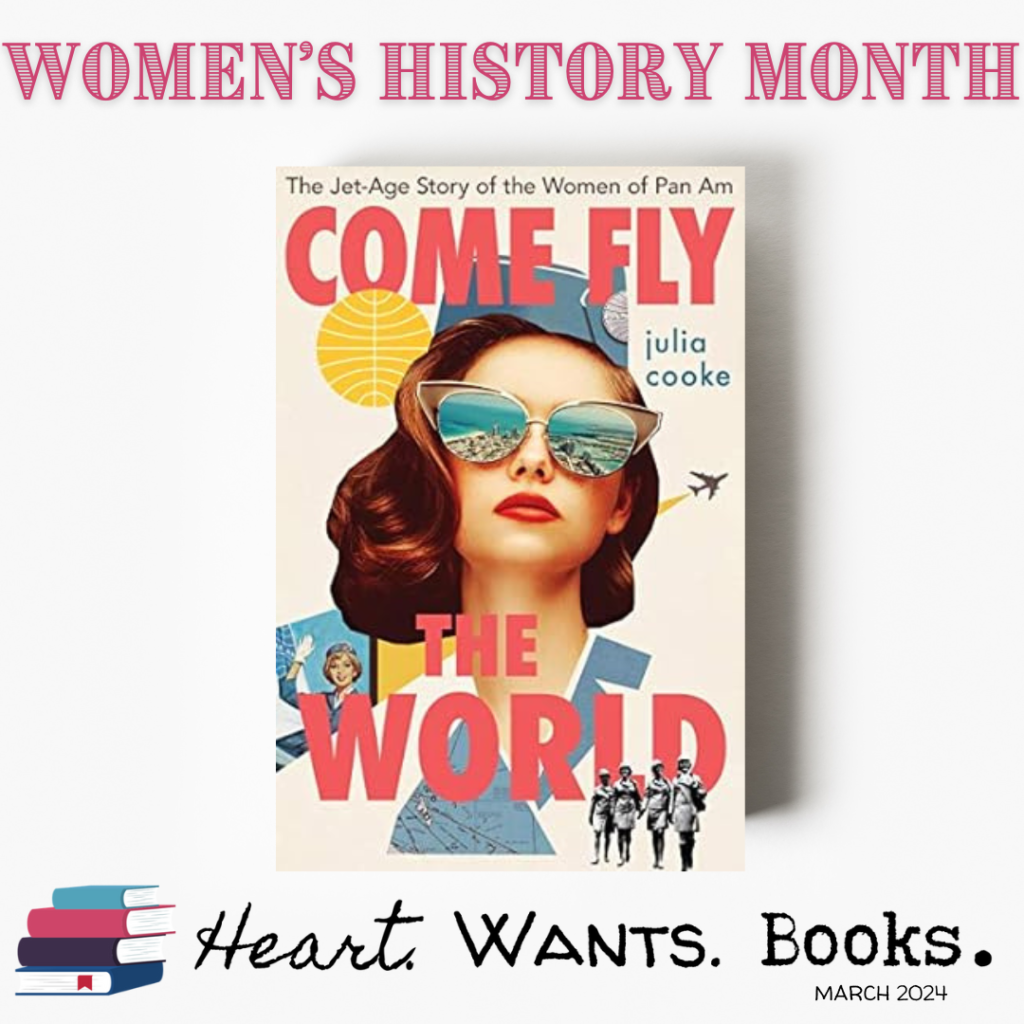
PLEASE SUPPORT US WHEN YOU SHOP BY FIRST CLICKING ON THE IMAGES BELOW:

